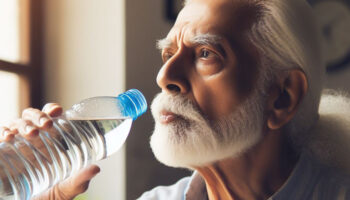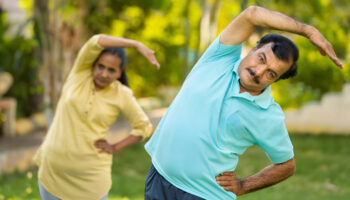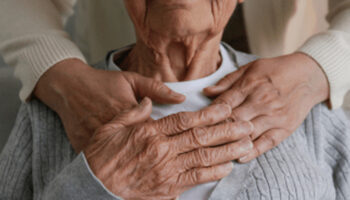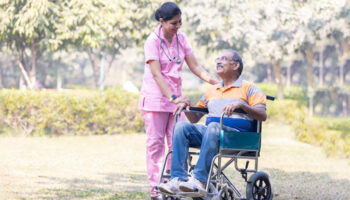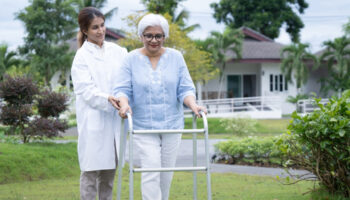Osteoarthritis is brought on by the cartilage in the body’s joints deteriorating, which results in varying degrees of distress, discomfort, and swelling. By the time they turn 70, the majority of older adults will be impacted. However, there are preventative measures and coping mechanisms that can help seniors with the disease maintain their activity level and live well.
The most prevalent type of arthritis, osteoarthritis, is most frequently observed in elderly people. Seniors who have it are also more likely to become disabled and restrict their activities and may be in need of rehab care. It is one of the main conditions that cause this.
Men are marginally more susceptible to osteoarthritis, which impacts a roughly comparable number of men and women up to the age of 55. Women are more susceptible beyond that age, and it has various effects on them. The condition seems to mostly impact several joints in the hands, knees, ankles, and feet in females. Men are more prone to experience pain in their hips, wrists, and spine.
Osteoarthritis symptoms:
Osteoarthritis symptoms encompass some or all of the following:
- Joint discomfort or pain near the area
- Having trouble moving a joint or being stiff
- Swelling in a joint occasionally
Early on in the course of the disease, many persons exhibit no symptoms. Frequently, the disease can take a very long time to develop, and it can also be stable for very long stretches of time.
Osteoarthritis Risk Factors
Numerous factors can affect how likely you are to get osteoarthritis.
Longevity:
While osteoarthritis is not brought on by old age, a significant portion of seniors is afflicted. You can’t stop getting older, but by leading a healthy lifestyle that includes breathing exercises, you can slow down the rate at which your body ages.
Over weight:
Genetic research has suggested a connection between osteoarthritis and fat. The weight-bearing joints, notably the knees, are put under undue stress by excess weight. According to a recent study, obesity played a role in nearly 80% of procedures to replace knees. Losing 10–15 pounds can help with knee pain.
Injury and side effects from other illnesses
Prior joint damage, joint inflammation, or disorders that affect the joints, such as diabetes, can all contribute to osteoarthritis development.
When joints are frequently subjected to high-impact stress over an extended period of time, joints may potentially sustain damage. Your risk of having osteoarthritis may be increased by certain forms of activity, sports, or livelihood.
What is osteoarthritis physiotherapy management?
Physical therapy can assist to lessen knee osteoarthritis pain, stiffness, and edema while also enhancing knee joint function. You may find it simpler to walk, bend, kneel, squat, and sit as a result. Passive and active physical therapy techniques are the two major sorts that can help you manage your knee Osteoarthritis. The physical therapist performs the bulk of the effort in passive treatments. However, active treatments require additional labor from the patient, such as exercises without knee pain.
Modalities – Cold and heat therapy are used to ease pain and promote relaxation. Blood circulation can be helped by pulsed electrical stimulation.
Spine-friendly exercise – To maintain flexibility and endurance, frequent stretching and strengthening activities are required. To stop the knee from suffering additional damage, more unloading exercises will be recommended.
Balance exercises – Balance exercises are used to improve postural stability, particularly in older persons who have balance issues.
Joint protection – In order to lessen joint stresses, lessen shock effects on the joint, and increase joint movement and alignment, flexibility, strength, and joint sense are optimized.
Tips:
- To lessen the strain on your hips and knees and hence your pain, use a walking stick to assist you in walking. It may also help those who struggle with the balance to avoid falling.
- Avoid indulging in any intense daily activities that place additional stress on the knee joint, such as climbing stairs and hill hiking.
Conclusion
Mobility makes life possible in every way. Physiotherapists at an Athulya Assisted Living facility work with your seniors to regain mobility as they age, taking into account the evolving movement-related limitations that occur with advancing age.
With Athulya’s all-inclusive services of physiotherapy for seniors, your loved one will recover and regain movement more quickly. Our entire staff of physiotherapists has received considerable education and training, notably in caring for older patients.

